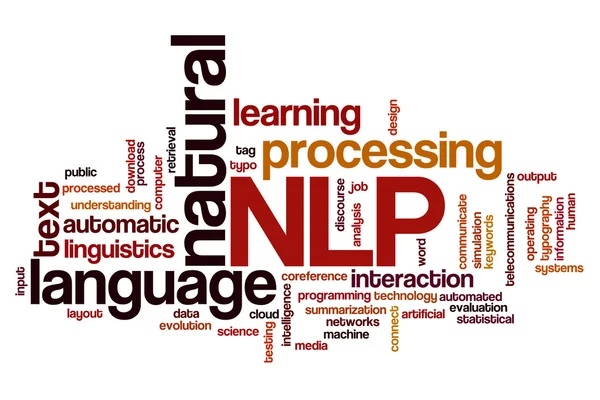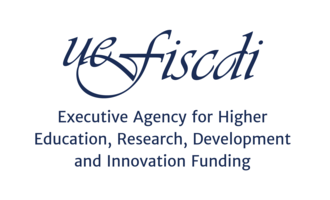
ATES
Automated text evaluation and simplification
Project number: PN-III-P1-1.1-TE-2019-2209
Contract number: TE 70 / 2020
Funding Agency: UEFISCDI

Description
Writing is an essential learning activity that requires both practice and experience. Writing is performed in academic environments, at workspaces, or for personal purposes, and people's ability to clearly and concisely express their ideas in a coherent manner is an essential skill, difficult to both evaluate and improve. ATES (Automated Text Evaluation and Simplification) aims to help users improve the quality of their writing, in both English and Romanian languages, by providing immediate feedback, tailored to their writing style. Complex Natural Language Processing techniques, including deep learning models, will be used to automatically score essays relying on textual complexity indices, together with word embeddings, applied on annotated datasets of documents. In addition, textual complexity indices, combined with various features of the cohesion graph, will trigger rules to improve the text by comparison to baseline domain-specific documents. The system will also make suggestions for text simplification in order to improve its readability. For this matter, machine translation models will be trained on existing text simplification datasets, augmented with paraphrases, and ordered by readability scores. Moreover, the overall complexity of the text will be measured by automatically computing word Age of Acquisition (AoA) scores through incremental semantic models and regression analyses, in order to approximate the age when people adequately learn a word’s meaning.
Improvement
The general objective of the ATES (Automated Text Evaluation Simplification) project is to enable writers to improve the quality of their writing, in both English and Romanian languages.
Feedback
Writers will receive immediate feedback when typing the input text through personalized recommendations and highlights of different text elements that can be improved with an easy-to-use and intuitive user interface.
Evaluation
The system will automatically evaluate the texts and provide guidance and instructions to allow users to adjust them accordingly to the targeted audience (e.g., belletristic, scientific writing styles), through text adjustments and simplification mechanisms.
Reading & Writing
Our aim is to increase the reading ease of resulted materials and to incrementally refine the user's writing style, transcending towards a higher writing proficiency. This objective will consider multiple experiments performed towards assessing text difficulty, before and after any automated adjustments are made.